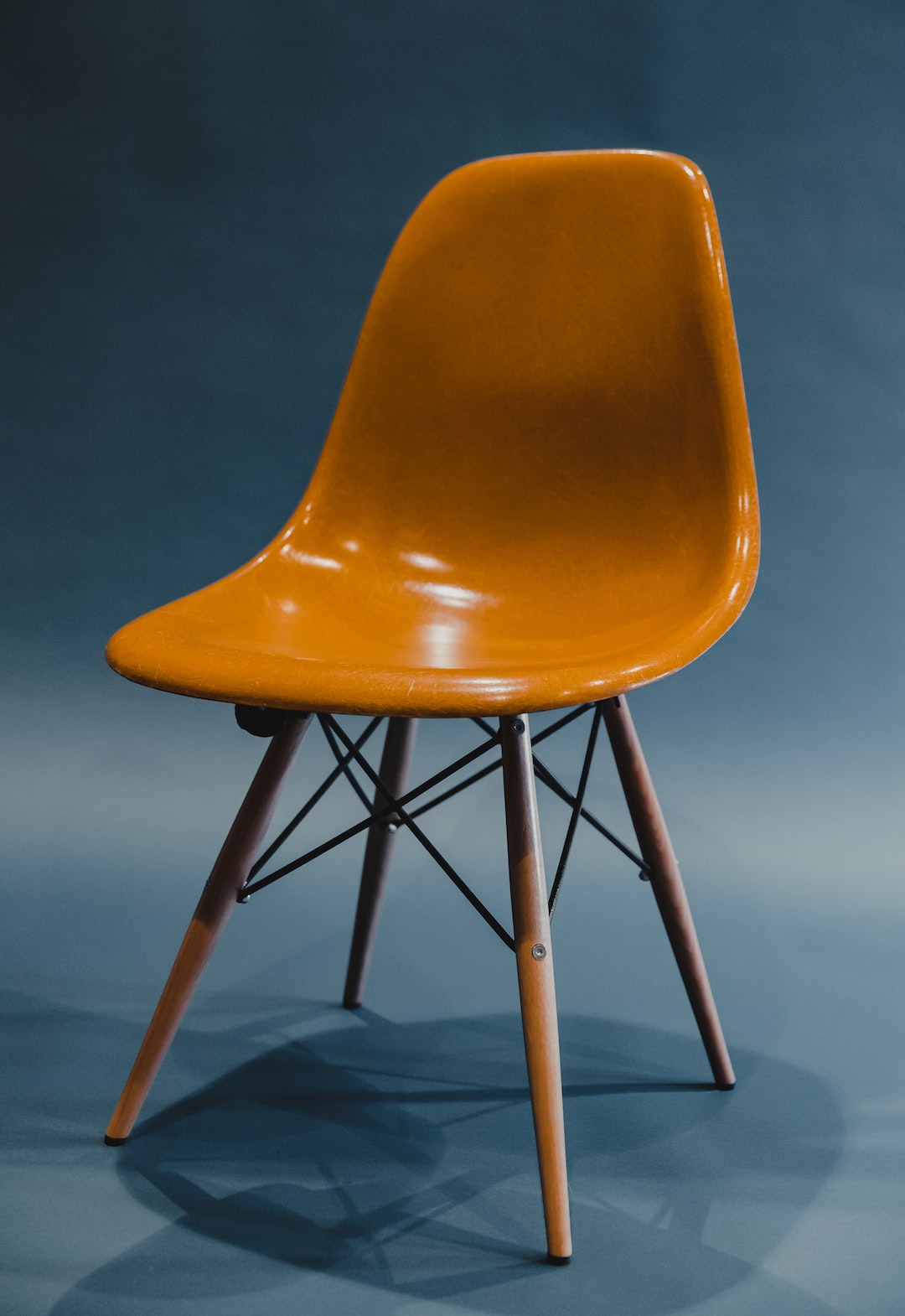Designing a Nursery with Safe and Practical Furniture Options
Designing a nursery is an exciting time for parents-to-be. It’s a chance to create a space that is not only visually appealing but also safe and practical for their little one. One of the most important aspects to consider when designing a nursery is the choice of furniture. Here are some tips for selecting safe and practical furniture options for your baby’s nursery.
1. Choose non-toxic materials: When selecting furniture for the nursery, prioritize materials that are non-toxic and free from harmful chemicals. Opt for paints and finishes that are water-based and lead-free. This reduces the risk of your baby being exposed to harmful substances while ensuring the longevity of the furniture.
2. Consider furniture with rounded edges: Babies and toddlers are naturally curious and tend to explore their surroundings. To prevent accidents and injuries, opt for furniture with rounded edges rather than sharp corners. This reduces the risk of bumps and bruises, providing a safe environment for your child to grow and play in.
3. Focus on functionality: Nursery furniture should be practical and functional to meet the needs of both the baby and the parents. Consider options such as a crib that converts into a toddler bed or a changing table with built-in storage. These multi-purpose furniture pieces not only save space but also offer long-term usability.
4. Invest in a comfortable rocking chair or glider: A comfortable rocking chair or glider is an essential piece of furniture for a nursery. It provides a cozy spot for parents to feed, soothe, and bond with their baby. Look for one with supportive cushions and a smooth gliding motion, ensuring that both you and your baby can relax and unwind.
5. Prioritize storage space: Babies come with a lot of stuff, and it’s essential to have ample storage space in the nursery. Look for furniture pieces with built-in storage options like changing tables with drawers or cribs with under-crib storage. This will help you stay organized and keep the nursery tidy, making it easier to find what you need, when you need it.
6. Ensure furniture stability: Safety should always be a top priority when designing a nursery. Make sure all furniture items are stable and sturdy. Check that bookshelves and dressers are securely anchored to the wall to prevent tipping over. This reduces the risk of accidents and injuries, giving you peace of mind knowing that your little one is safe.
7. Look for easy-to-clean materials: Parenting involves a lot of messes, especially in the early years. Choose furniture made from easy-to-clean materials, allowing you to quickly wipe away spills and stains. This will help your furniture maintain its appearance and durability over time, ensuring that it lasts through multiple children if desired.
In conclusion, designing a nursery involves more than just creating a visually appealing space. Prioritizing safety and practicality when selecting furniture is crucial. By choosing non-toxic materials, furniture with rounded edges, and ensuring stability, parents can create a safe environment for their little one. Additionally, focusing on functionality, providing comfort, and incorporating ample storage space will make the nursery a practical and enjoyable space for both the baby and the parents.

